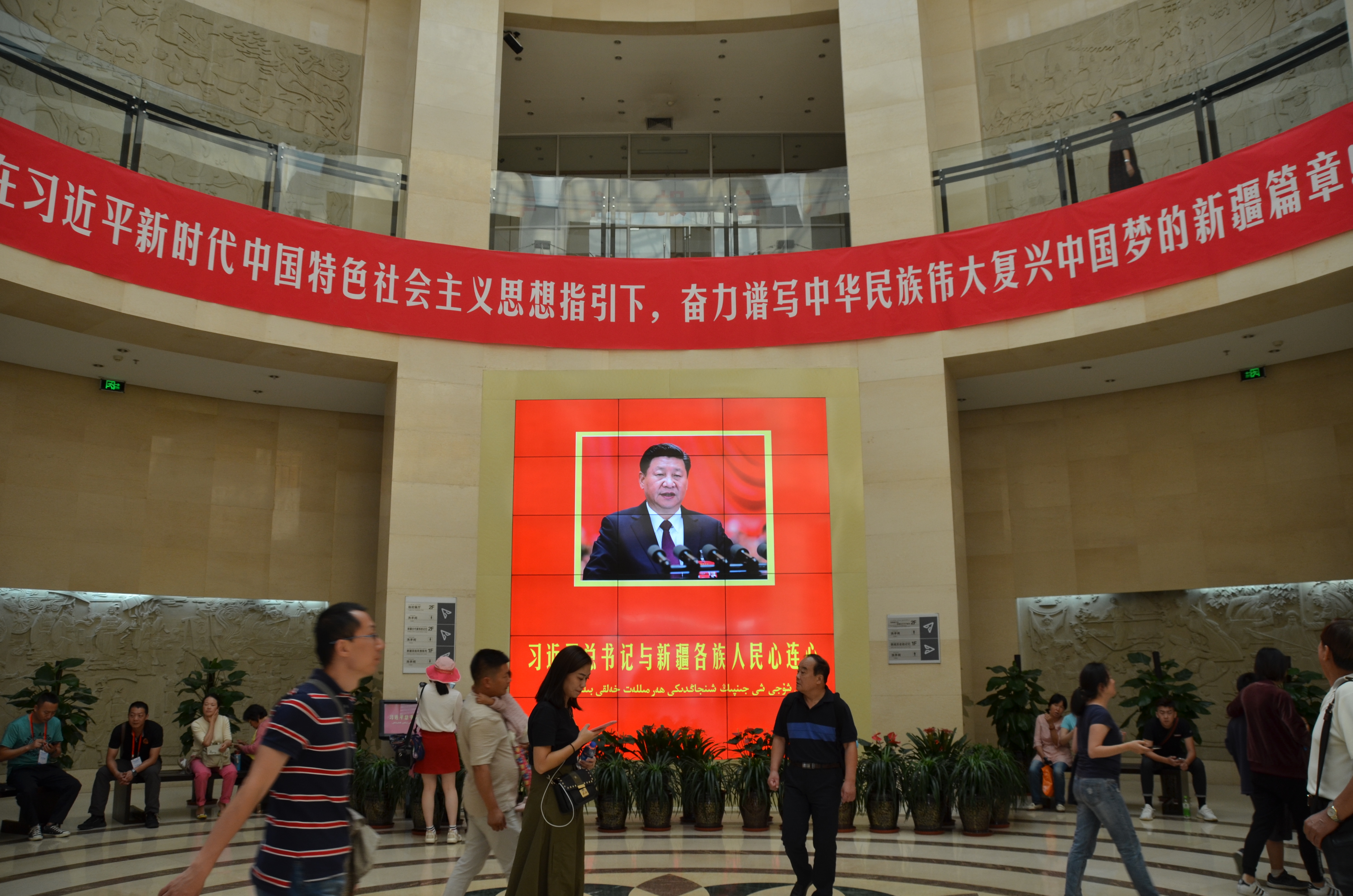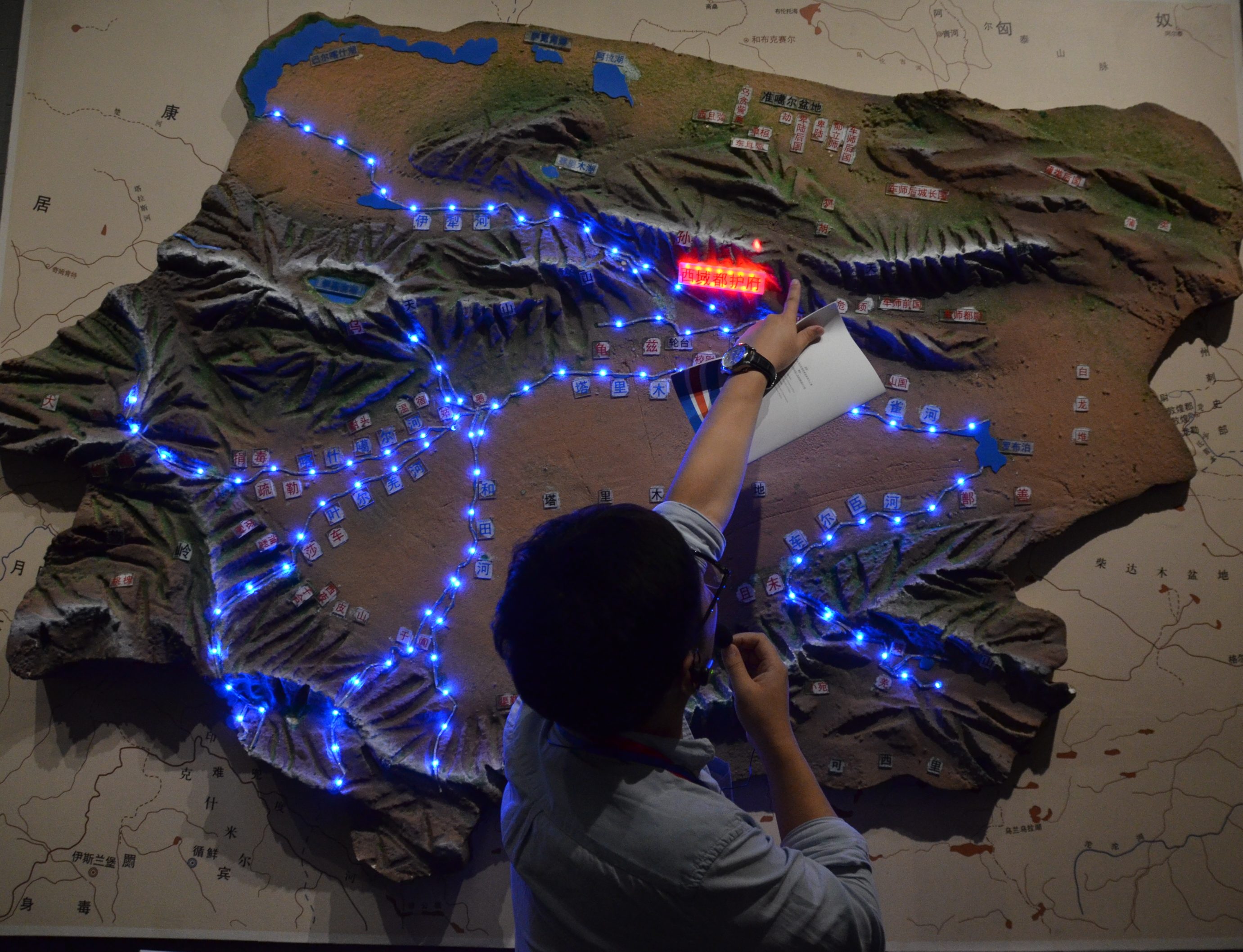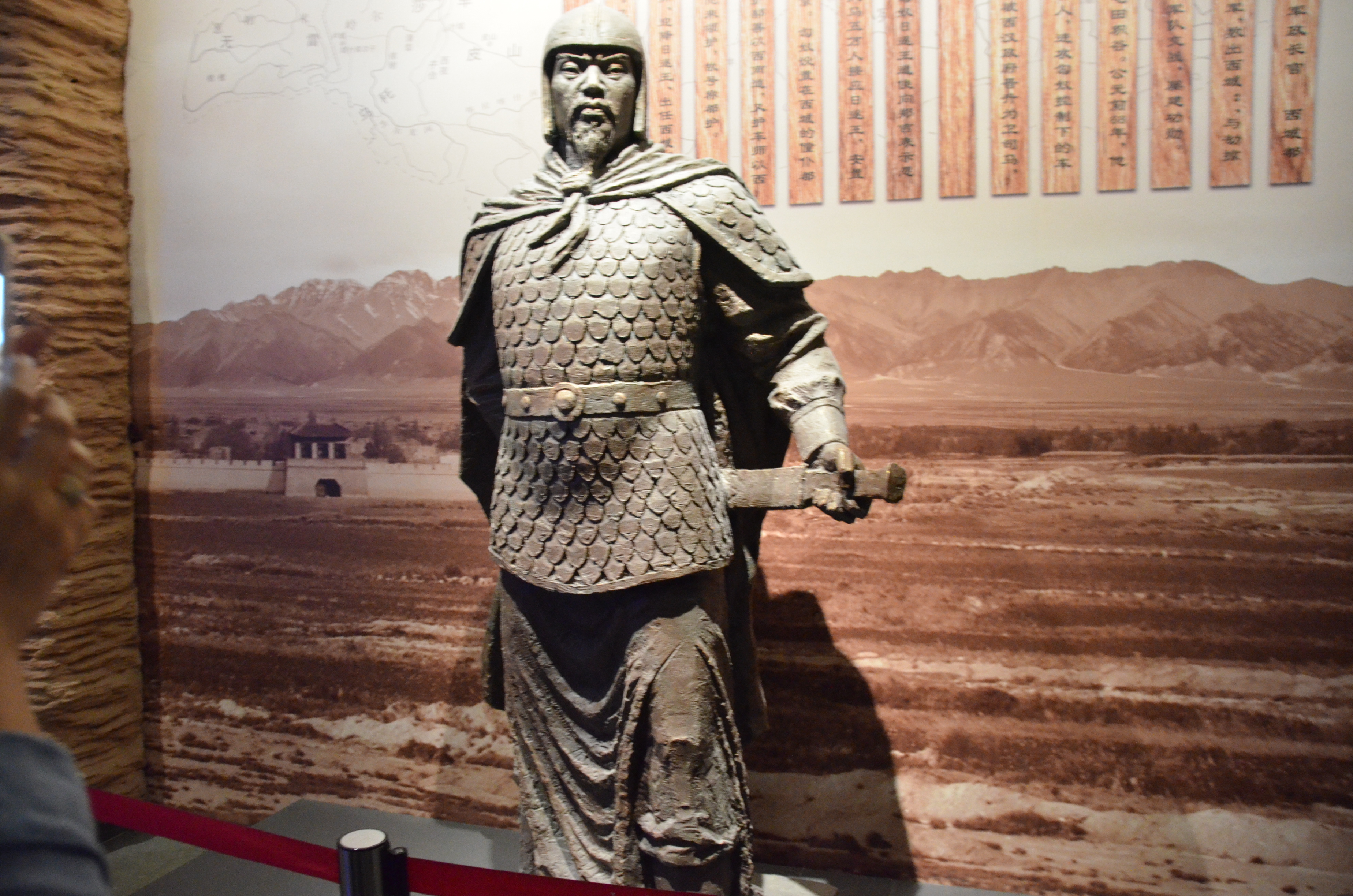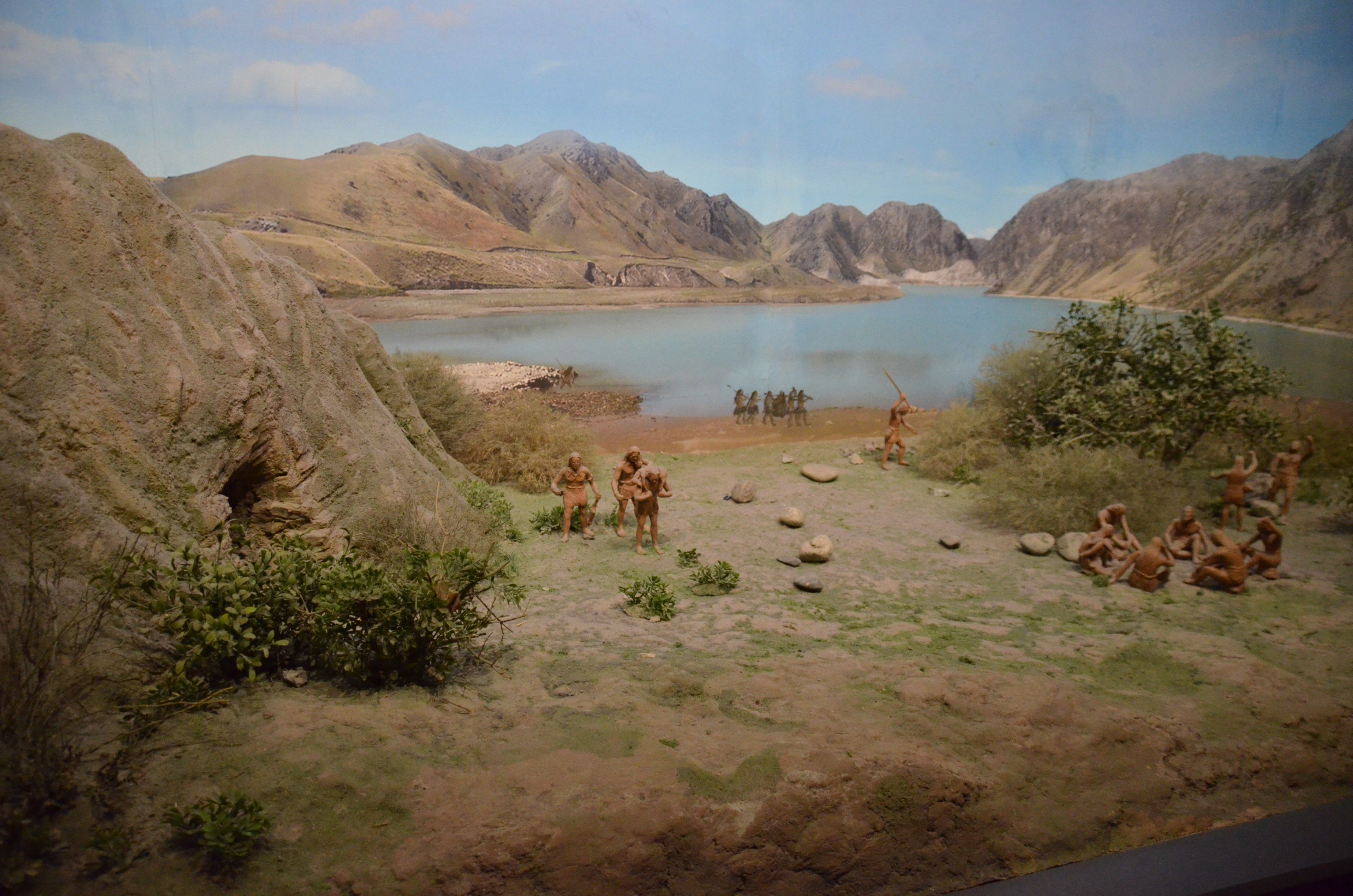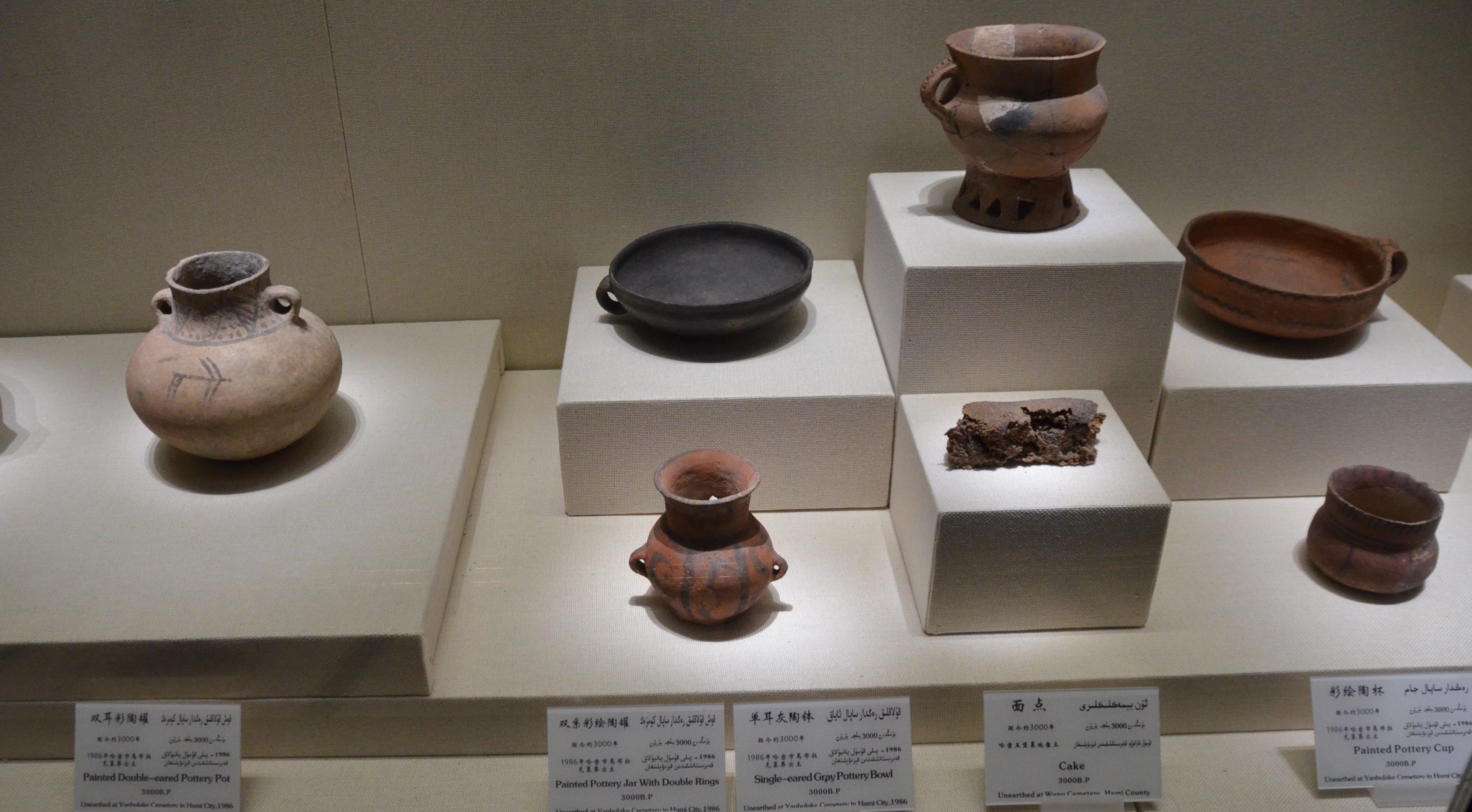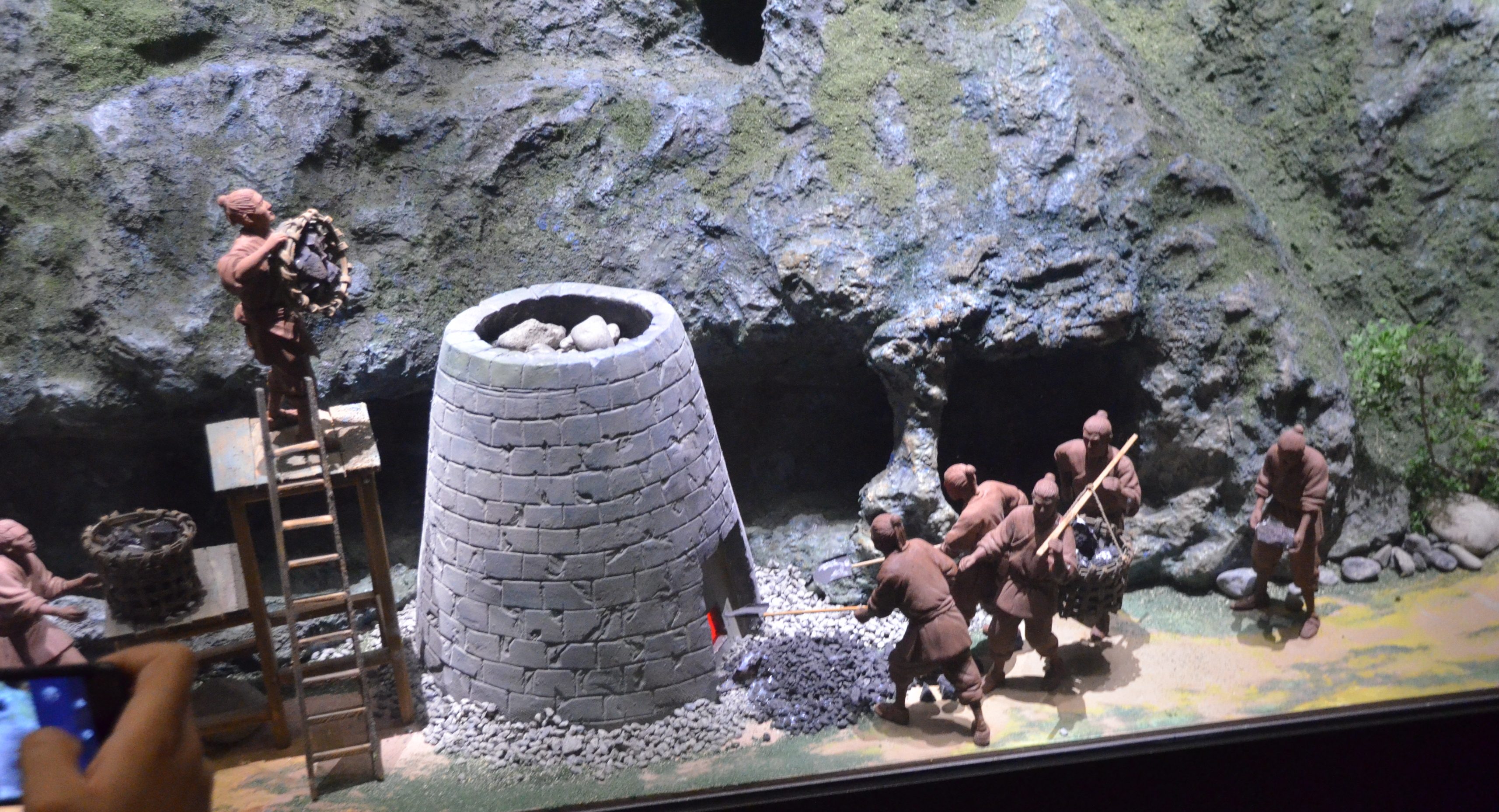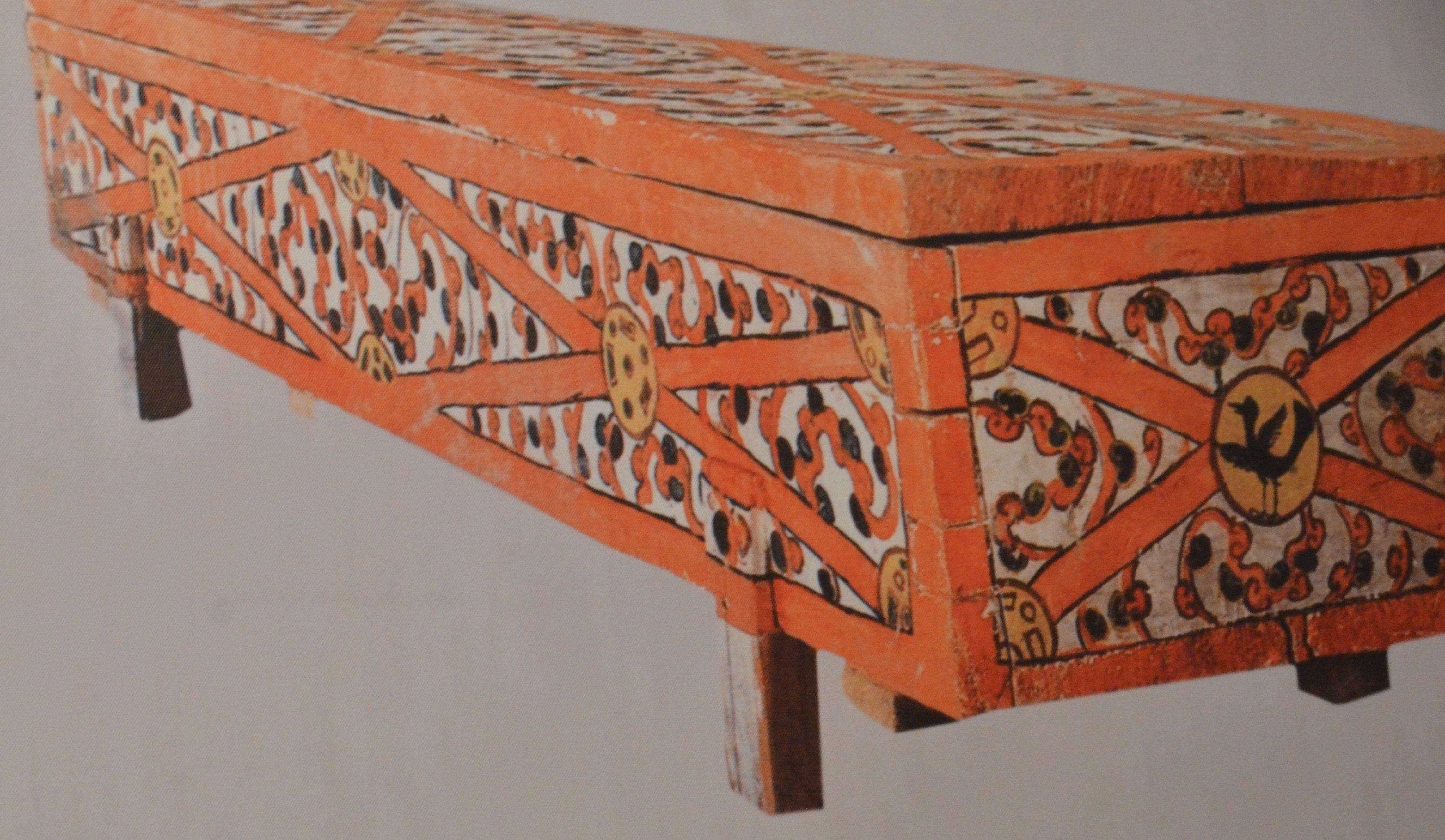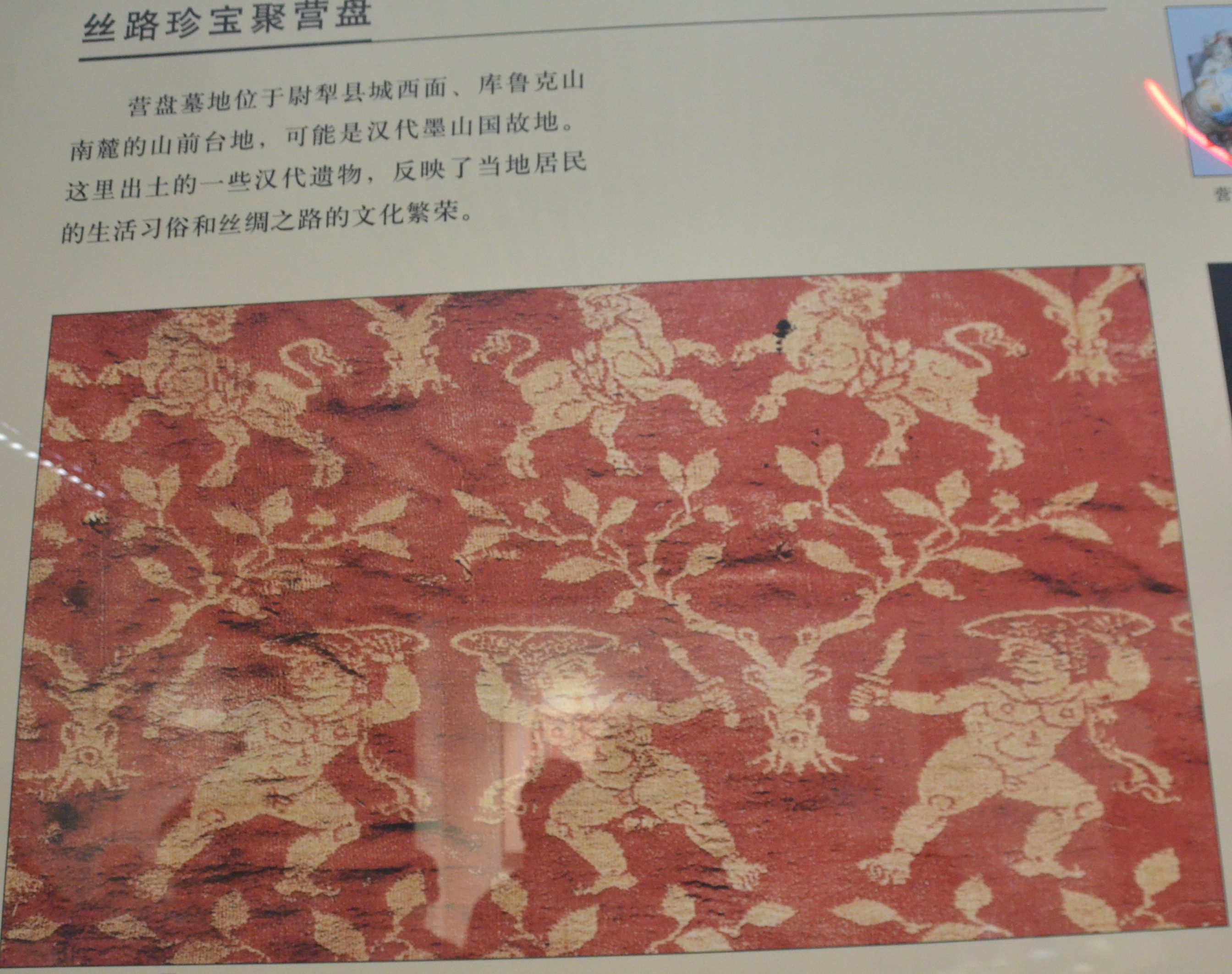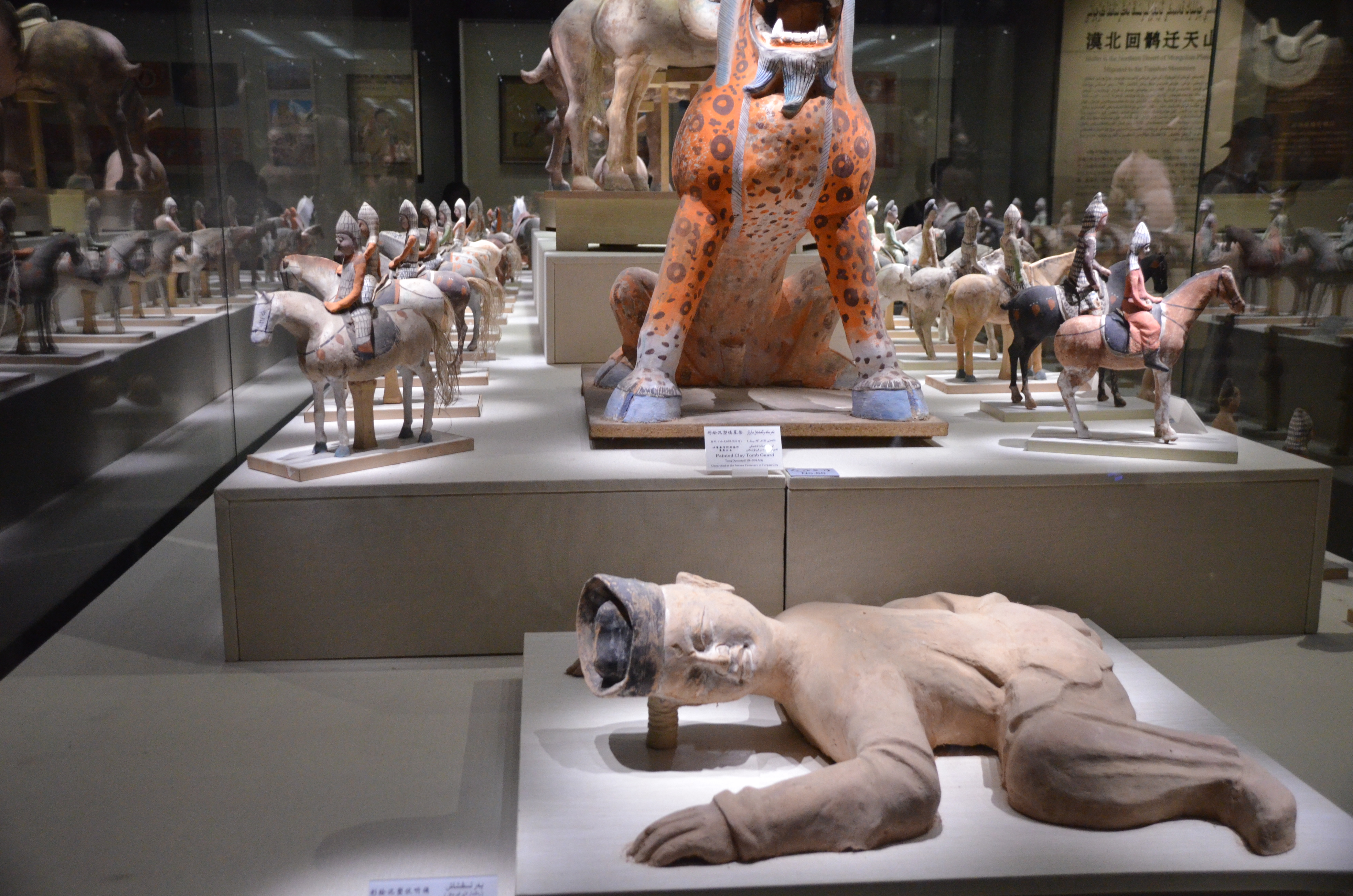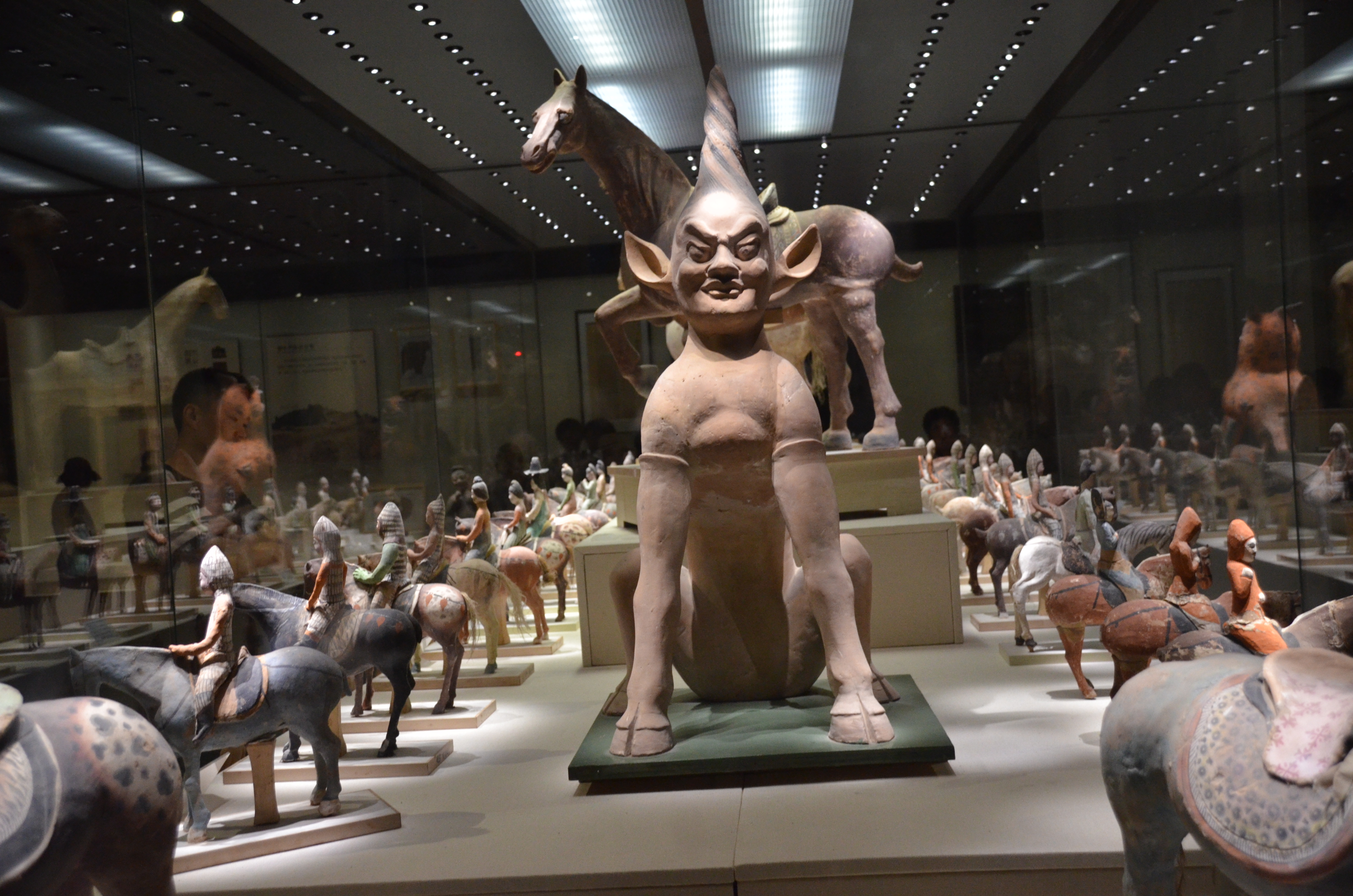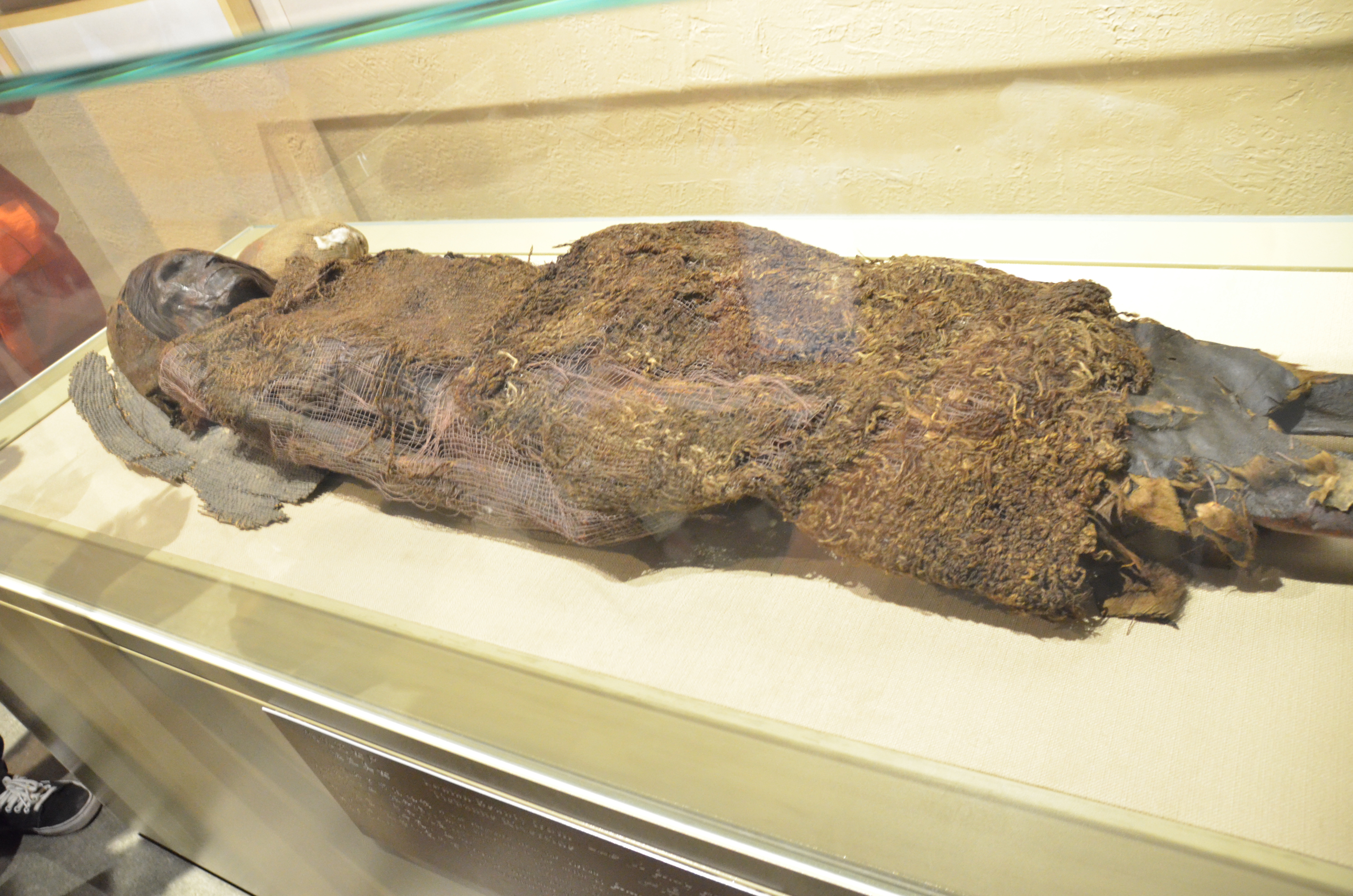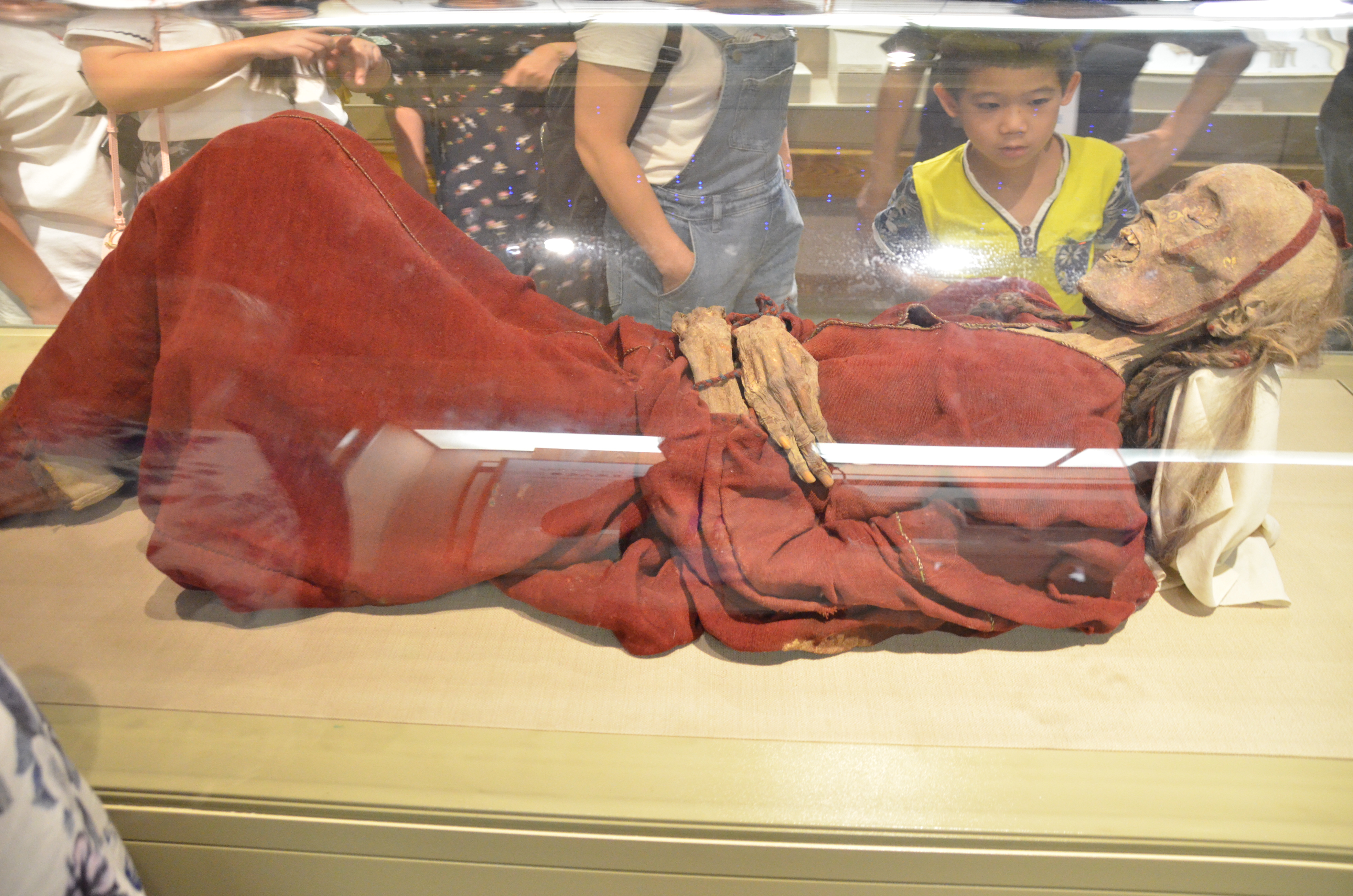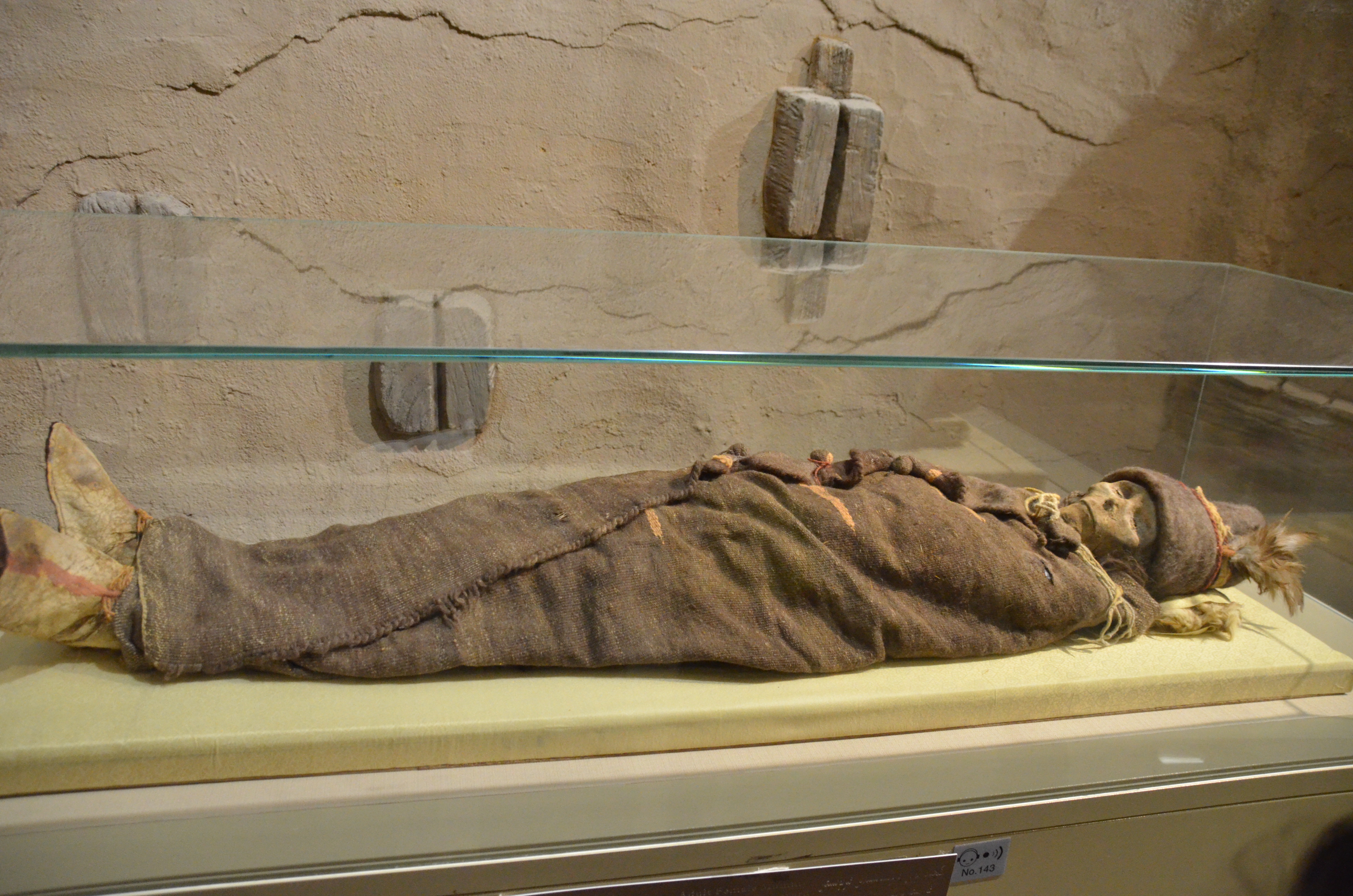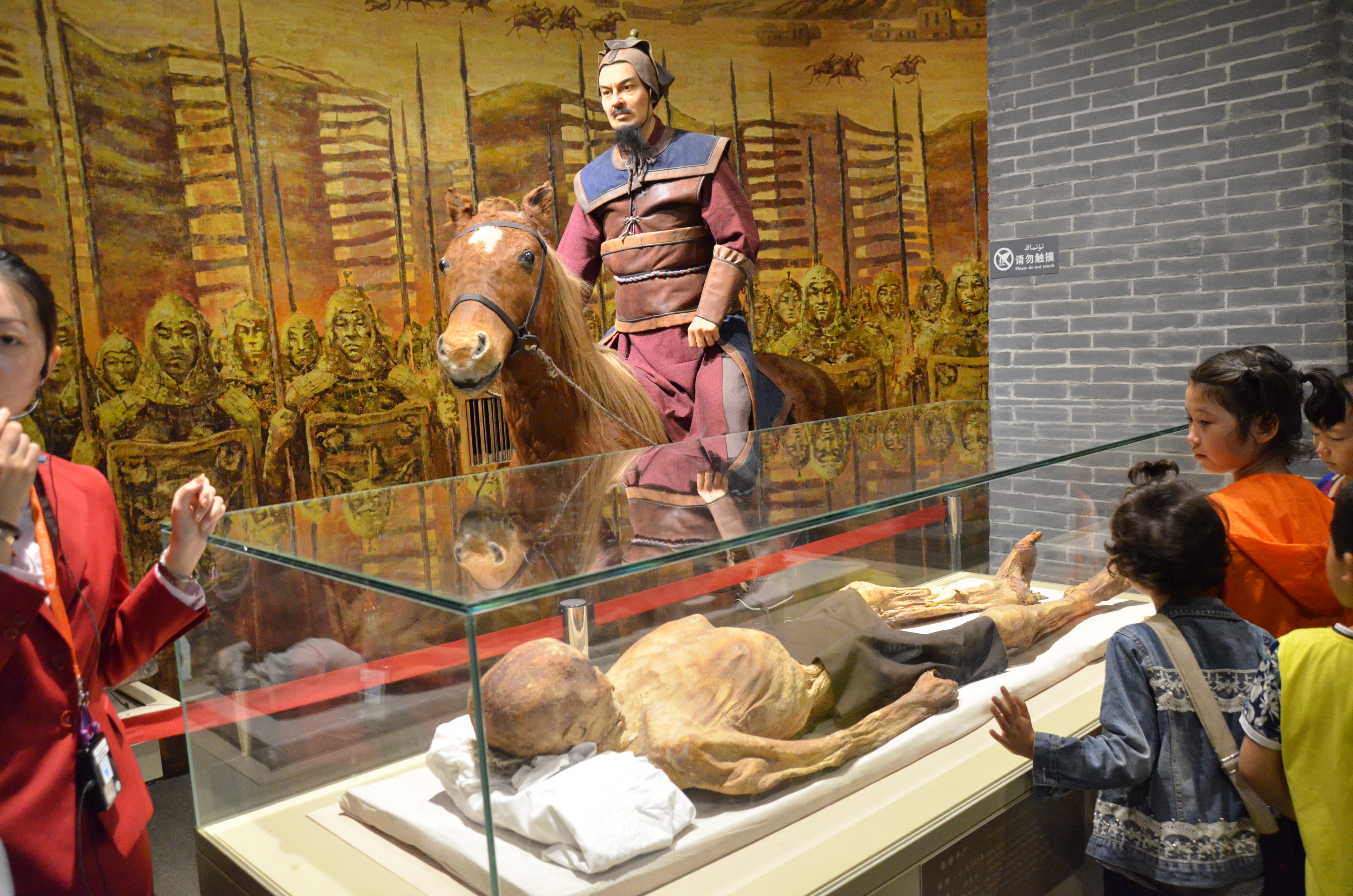By Xuefei Chen Axelsson
Urumqi, Aug. 25 (Greenpost ) — On the afternoon of the 25th of August, more than 30 Chinese and foreign journalists including the one from Green Post visited the unique Xinjiang Museum in the world. Here, because of the rich historical data, detailed introductions and unique exhibitions, the mummy that died 3,800 years ago is kept intact. This is very unique in the world.
The Xinjiang Museum is not only a provincial-level comprehensive historical museum in China, but also the largest cultural relics and specimen collection protection, scientific research and publicity and education institutions in Xinjiang. Here are the attractions that everyone who travels to Xinjiang must visit. The Xinjiang Museum is now open to the public and the exhibitions include “Recovering the glory of Western Regions in the past – Xinjiang Historical Relics Exhibition”, “Xinjiang Ethnic Customs Exhibition” two basic exhibitions and “The Immortality of the World – Xinjiang Ancient Corpse Exhibition”, “Historical Monument —Xinjiang Revolutionary Historical Materials Exhibition” two medium-sized exhibitions.
How did the people here look like 3800 years ago? How tall and how big, you can come to the Xinjiang Museum, see their bodies and see the living conditions at that time.
In fact, Xinjiang Museum shows the history of Xinjiang. Through these history, people have learned that Xinjiang had become a region of the Western Han Dynasty in 60 B.C., named the Western Region, and established the governing house.
The first governor was Zheng Ji ( 60 B.C. – 48 B.C. ). Almost all the governors names were listed here.
The second governor: Han Xuan (48 B.C.-45 B.C.)
The Third ( 45 B.C- 42 B.C.)
Fourth (42 B.C. – 39 B.C.)
Fifth ( 39 B.C.- 36 B.C.)
Gan Yanshou (36 B.C. – 33 B.C.)
Duan Huizong (33 B.C.- 30B.C.)
Lian Bao (30 B.C. – 27 B.C.)
Ninth (27 B.C. – 24 B.C.)
Han Li (24 B.C. – 21 B.C.)
Duan Huizong (21 B.C. – 18 B.C.)
Twelfth (18 B.C. – 15 B.C.)
Guo Wei (15 B.C. – 12 B.C.)
Sun Jian (12 B.C. – 9 B.C.)
The fifteenth (9 B.C. – 6B.C.)
Sixteenth (6 B.C.- 3 B.C.)
Seventeenth (3 B.C. – 1B.C.)
Dan Qin (1 A.D. – 13 A.D.)
Li Chong (13 A.D.- 23 A.D.)
Chen Yu (74A.D-75 AD)
Ban Chao (91A.D-102A.D.)
Ren Shang (102A.D.-106 A.D.)
Duan Wei (106 A. D.-107A.D.)
This photo shows how Xinjiang people lived in ancient times. This can vividly explained people’s lives in the past and young people can have a good historical education by visiting the museum. It can be a good patriotic and historical education base.
In 1965, the Fuxi Nyuwa Painting from Tang Dynasty was unearthed at the Tomb of the Astana Cemetery in Turpan, Xinjiang. In the picture, the two figures are the ancestors of the legendary human beings – Fuxi and Nyuwa, the image of the human bodies with snaketails tangling together. Through this artifact, we can understand how our ancestors imagined their origins and how to look at earlier history and civilization before modern science was born. This is also one of the most important treasures in the museum.
All the picture descriptions are explained in Chinese, Uyghur and English, highlighting the international thinking of Xinjiang and the practice of bilingual or trilingual education and application.
The Chinese-style painted hibiscus reflects the prosperity of Loulan culture. However, it has since declined and even disappeared. This was the most obvious example of climate change.
People in the Western Region have mastered smelting technology very early. There were many ethnic groups living here, and it was a multi-ethnic area.
The Chinese-style painted koffin reflects the prosperity of Loulan culture. However, it has since declined and even disappeared. This was the most obvious example of climate change.
Cultural treature along the silk road.
There are tens of thousands of precious cultural relics in the ancient tombs of Astana in Turpan. Among them, a large number of painted plaques have been unearthed. Most of the unearthed warriors have high nose and deep eyes and have the characteristics of Westerners. The painted clay figure is swaying and listening to the sound, and kneeling on the ground to listen to the sound far away through a wooden tube.
Unearthed in 1973 from the ancient tomb of the Astana in Turpan, Xinjiang, the painted king of the heaven stepped on a wooden devil figure. The appearance of the image comes from the Buddhist statues in the protection of the king of heaven like the king of the king. People can see strong influence of the Central Plains culture on Xinjiang. The dress of the Central Plains military commander clearly demonstrated the integration of Western culture and Central Plains culture.
The Eternal and Immortal World – Xinjiang Ancient Corpse Exhibition” covers an area of about 700 square meters. It is the most interesting pavilion for many tourists. In the past, we only watched the dead bodies through the TV, and to witness the state of the dead bodies under natural conditions is likely a dream for many people.
The dry corpse display area displays a number of famous ancient corpses at home and abroad. A large number of burial artifacts are displayed here together, enriching the sensory experience of tourists with various forms such as graphic, video and multimedia touch screens, showing the tourists a truely mysterious region. The whole exhibition is divided into Loulan residents of Lop Nur, Xiaohe – cemetery where thousands of coffins were unearthed, Yingpan people wearing golden masks, painted faces of Luke people, masters of the country of Astana Palace, Altay Stone figure in Stone coffins. In total there are 7 units for exhibition.
The most striking thing is that the museum has kept the well-preserved corpses of people more than 3,000 years ago. The narrator said that the dried corpses here are not the same as the Egyptian mummies. These dried corpses are naturally dried due to dehydration. Therefore, the corpse is mostly well preserved. People only need to cover natural buckskin, silk or other local things. More than 3,000 years ago, people here can live fifty to sixty years old. The above corpse should be considered ordinary people because she only used a deer skin or wool fabric as a cover at the funeral.
The female corpse in the Xiaohe cemetery was well-known around the world after being unearthed. The female corpse from 3800 years ago was 158 cm long, the skin was grayish white, the chest was drooping, and the head and face were well preserved.
The hair of the Luke male corpse is still well preserved. From the overall form, the eyebrows and beards are relatively developed. Before the death, they maintain the posture of bending their legs on their backs, and their hands are placed on the chest for peace. The long dark color of the body is also covered with a long red coat with a fine red edge. It is also a rare handicraft. By scientific identification, the adult male was an ancient European Roman.
A general riding on a horse was shown here. His sternum is very protruding, his legs are a bit of a circle, the guide said, it shows that the general had always been very strong. And he was very good at riding and shooting during his lifetime.
The name of the corpse displayed in the museum was Zhang Xiong. Before his death, he was a famous general in Western Region . The epitaph was written with the words “Very capable and confident in both strategic leadership and battlefields”. According to historical records, Zhang Xiong was a general who lived in the Zhenguan period of Tang Dynasty and whole heartedly wanted to be part of the Tang Dynasty and helped to achieve national unity.
Beside the corpse, a restored original appearance is also shown. This technique, in the Stockholm Vasa Museum was also used to resume the dead soldiers faces from skeleton to real face based on their bone shape to show how it was like when they were alive five hundred years ago.
The body here is almost intact. According to the narrator, the general’s wife was 30 years younger than him, which meant that the general was in his 50s and she was in her 20s. After the general died, she lived for another 50 years, but at that time, the body of the general was already dried and preserved. There had been silk fabric on the body. But his wife did not leave any traces. These bodies reflected the living conditions at that time.
The museum exhibition showed that the Western Han Dynasty in Central China area in 60 BC had already had administrative jurisdiction over Xinjiang, and the names of all the governors were announced.
The Xinjiang Museum attracts more and more tourists, in particular, many elementary school students come here to visit the dead bodies and conduct history education in order to learn history as early as possible. This is a good living textbook. It gives people a vivid and also in-depth understanding of historical knowledge.
In Sweden, children start from kindergarten to learn from various museums. On the one hand, they are patriotic education. On the other hand, the way to learn is to go to the museums to see something, so it is easy to remember. The Xinjiang Museum can play such a role as a patriotic education base and the role of scientific research. By watching history, it is easy to understand that Xinjiang is the place where the Eastern and Western cultures meet and the people of all ethnic groups in Xinjiang have been living here, absorbing the essence of the east and west and creating a splendid culture.
Photo and Text Xuefei Chen Axelsson

